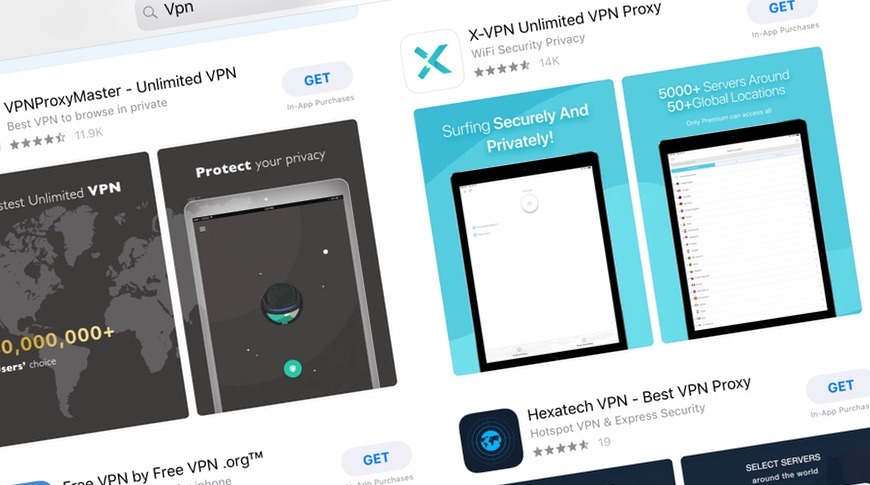

With your login information on hand, you can manually configure a VPN client on your iPhone or iPad.
APPLE VPN APP HOW TO
How to manually configure a VPN on your iPhone or iPad Don't forget to turn it off, especially if you're on a free, limited plan. When you're done using the VPN, follow the instructions above to turn it off. If you have more than one, select the VPN client you want to use. Once the VPN is enabled, you can select and connect to it at any time without having to open the app again (use the app to change your location and adjust other settings). Enter your passcode, or activate Touch/Face ID. You'll then be prompted to enter your passcode, Touch ID, or Face ID to permit a change in your VPN settings.

Tap Allow to have the VPN configured on your iPhone automatically. Then open it and sign in to your account.Īfter signing in, you'll be prompted to permit the app to add a VPN configuration to your iPhone.

APPLE VPN APP INSTALL
First, check out some of the best VPN deals, sign up for one of those excellent services, and install the relevant app on your iOS device. The easiest way to set up a VPN client on your iPhone or iPad is through a provider like those listed above. Your users must install both the vendor’s app and the configuration profile to connect to your network.How to configure a VPN on your iPhone or iPad with a VPN provider Make sure the Identifier field matches the identifier specified by your vendor’s VPN app and is in reverse DNS format (for example, ). Some third-party VPN apps are available from the App Store.įor other SSL VPN solutions, contact your vendor and ask if they have an app in the App Store. Users must install both the configuration profile and the appropriate authentication app. PPTP is supported only on iOS 9 and OS X 10.11 or earlier.

APPLE VPN APP PRO
MacBook Pro Wi-Fi specification details.iPhone, iPad, and iPod touch Wi-Fi specifications.Bundle IDs for native iOS and iPadOS apps.Manage configurations and software updates.Identify an iPhone or iPad using Microsoft Exchange.Integrate Apple devices with Microsoft services.Manage content caching from the command line on Mac.Configure advanced content caching settings on Mac.Review aggregate throughput for Wi-Fi networks.Deploy devices with cellular connections.Add Mac computers to Apple School Manager or Apple Business Manager.Deploy devices using Apple School Manager or Apple Business Manager.


 0 kommentar(er)
0 kommentar(er)
